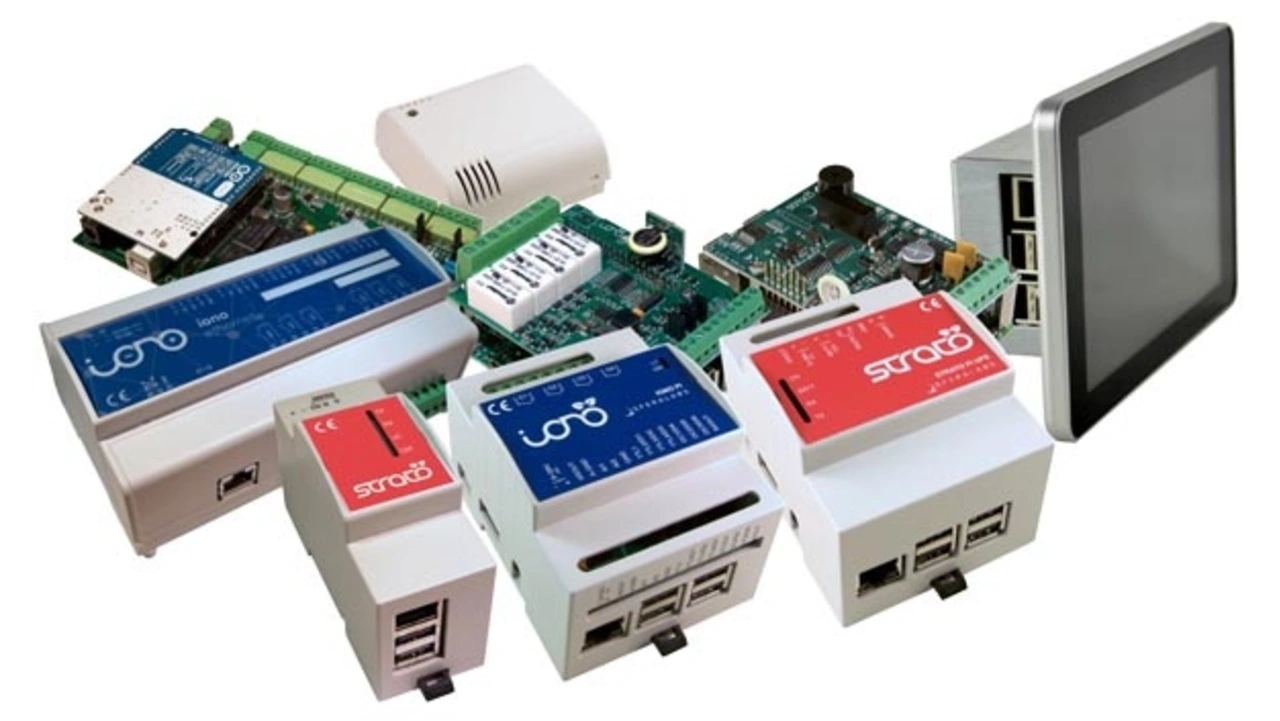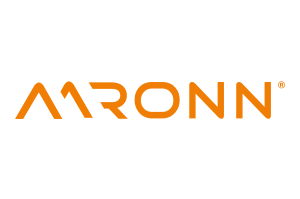Sfera Labs
Automation with Raspberry Pi
The Italian hardware manufacturer Sfera Labs has implanted the Raspberry Pi in a control system. The numerous inputs and outputs make the system very flexible and ensure that you don't have to deal with shields and laboriously develop a suitable housing.
The Raspberry Pi is particularly popular as a gateway and control computer in semi-industrial environments. Sfera Labs has specialized in the field of control applications and has already launched two product families with CPU and I/O devices in the last few years. The products of the »Strato« family form the CPU segment and target computationally intensive edge applications. Inside is a Raspberry-Pi-Board as used in the consumer segment or a Compute Module. The »Iono« family consists of I/O modules, which are optionally equipped with Arduino boards or the Raspberry Pi in credit card format. All these devices are located in a top-hat rail housing. New is now the Iono Pi Max (lead picture), which combines both - a Raspberry Pi Compute Module and a large number of I/Os. This means that functions previously distributed over several devices can now be combined in one device. The strategy of Sfera Labs is not to use proprietary parts, therefore only standard boards or modules from Arduino or Raspberry Pi are used.

The housing of the Iono Pi Max contains the Ethernet and USB ports of the Raspberry Pi Compute Module, an RJ12 socket that carries the I2C interface and screw terminals with industrial I/Os. On these I/Os are relays, digital I/Os (bidirectional TTL I/Os, digital inputs and open-collector outputs), CAN, RS-232 and RS-485 interfaces, dedicated inputs for temperature sensors and a Wiegand interface. The latter is widely used as a connection for card readers on door access systems.
Numerous extras
In addition, the Iono Pi Max has a whole range of special features that allow it to be adapted to many areas of application. These include a SAME54P20 microchip/Atmel microcontroller, which controls the inputs/outputs and much more. The microcontroller working with a Cortex-M4 core configures the I/Os and determines whether the serial interfaces work in RS-232 or RS-485 mode, whether simple CAN or CAN-FD is used.
Another special feature are two Micro-SD slots. The Raspberry Pi Compute Module can manage two SD cards, but can only boot from one of them. The M4 microcontroller uses a switching matrix to ensure that the card slots can be swapped so that booting from both SD cards is possible. This enables safe firmware updates in the field. If something goes wrong during startup with the new firmware, it can be easily switched back to the old version by switching and rebooting.
Another extra: with an external battery an uninterruptible power supply for the device can be realized. Until now, this has only been possible with 12 or 24 volt lead-acid batteries. However, Sfera Labs has indicated that other battery types may become possible with future firmware updates. The internal charging circuit supplies the battery with 600 mA. For less power-hungry applications Sfera Labs recommends a 1.2 Ah battery, which is sufficient to keep the device running for a few minutes for an orderly shutdown. For power-hungry applications a 7-Ah battery is recommended.
Also on board: A Secure Element from Microchip (ATECC608A), which is connected to the Compute Module via the I2C bus. This element secures the boot process and stores up to 16 keys or certificates. The Sfera-Labs products are distributed directly via the own website sferalabs.cc or via Mouser.









